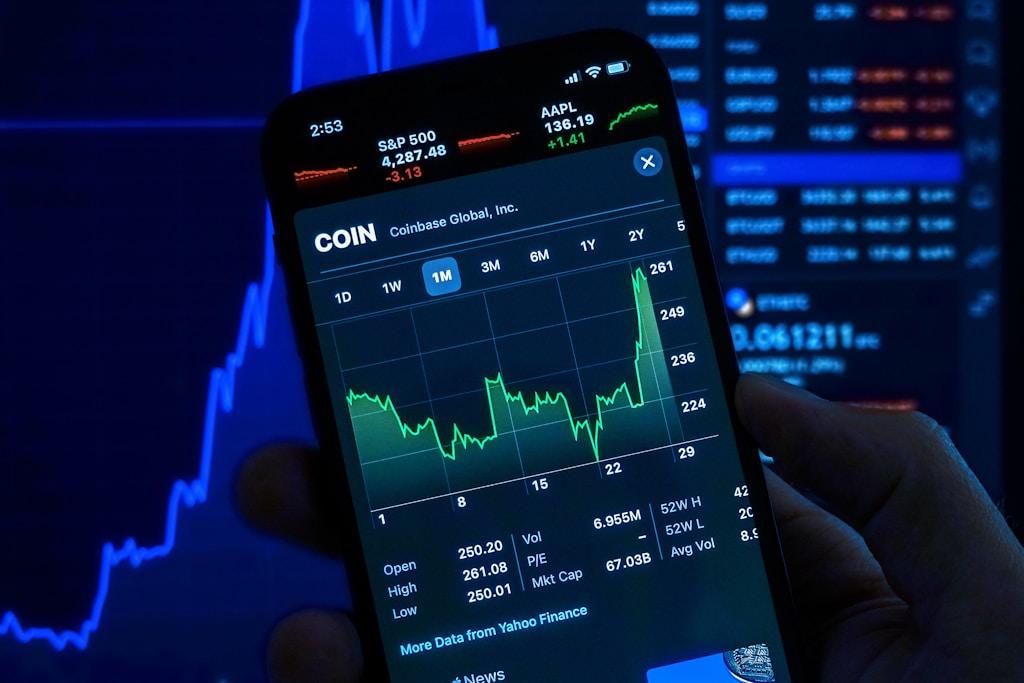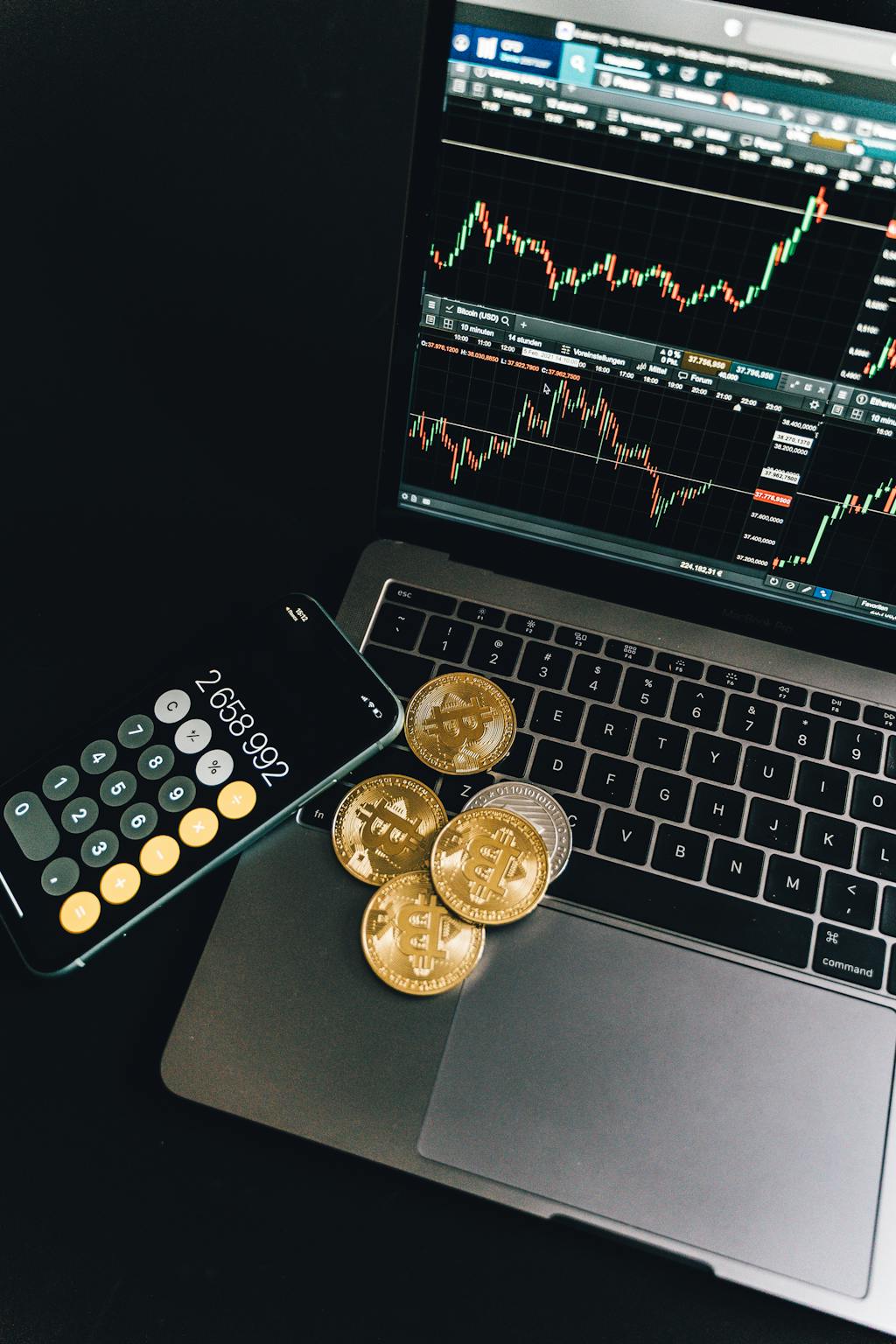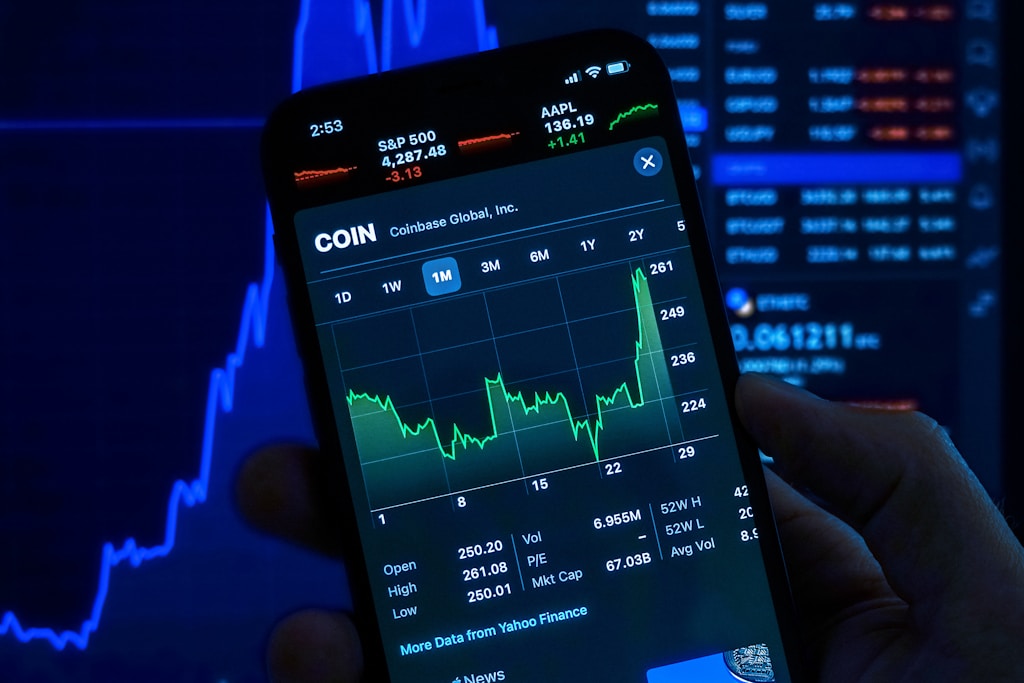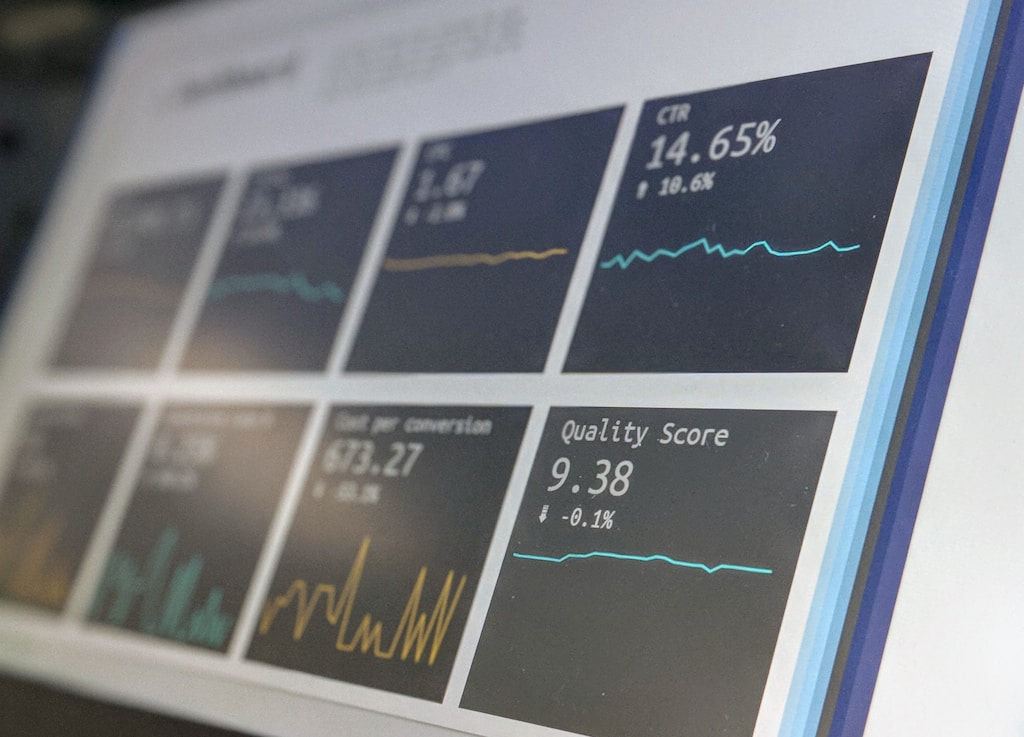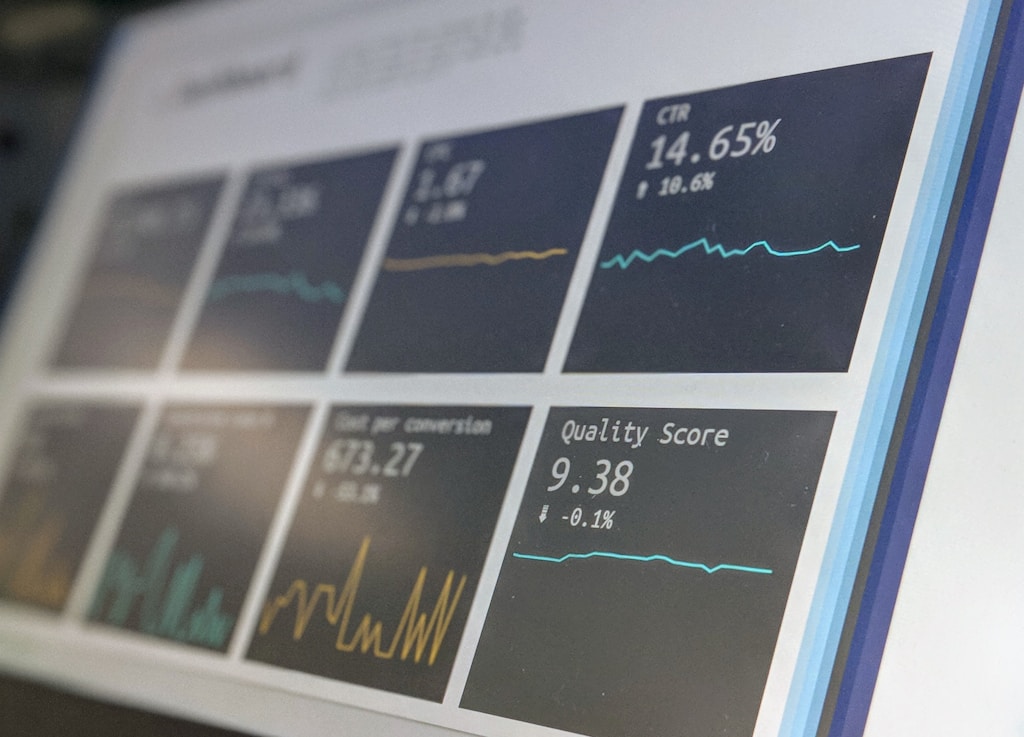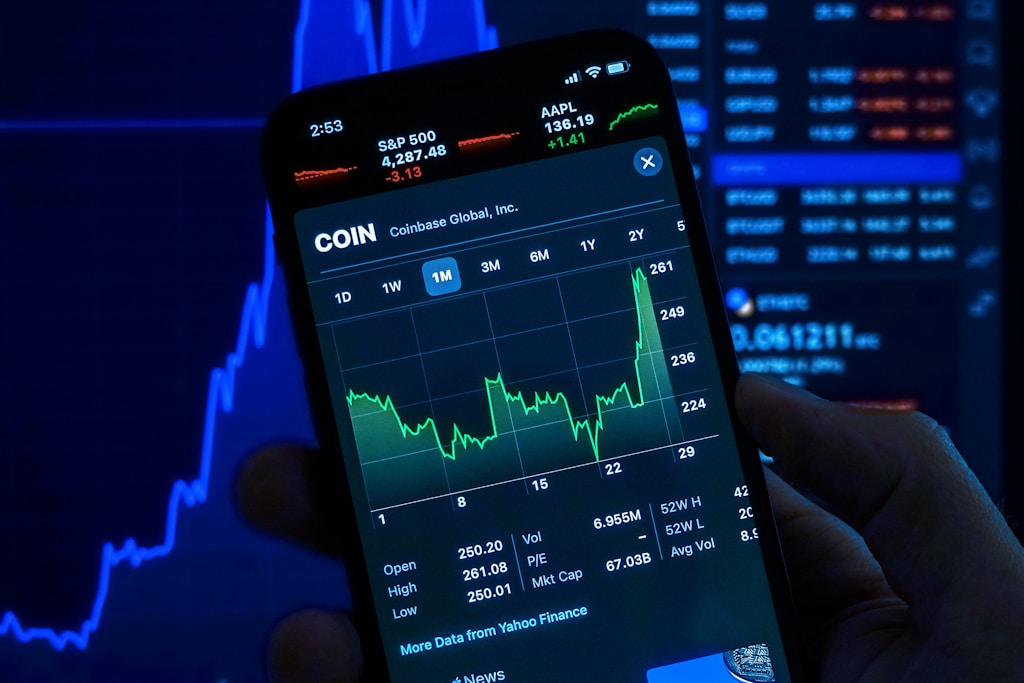The cryptocurrency market faced a severe downturn today as Trump’s new tariff policies triggered what traders are calling ‘Black Monday.’ Bitcoin’s dramatic price movement has sent shockwaves through both traditional and crypto markets, with the flagship cryptocurrency plummeting 11% to test critical support at $77,000.
Market Impact of Trump’s Tariff Announcement
The selloff intensified after Trump announced a 10% baseline tariff on all US imports, with additional reciprocal tariffs targeting both allies and competitors. This aggressive trade policy, set to take effect on April 9, has sparked fears of a global economic slowdown.
Key market movements include:
- NASDAQ down 11% in two sessions
- Bitcoin (BTC) dropped 11% to $77,000
- Ethereum (ETH) plunged 20% to $1,429
SPONSORED
Navigate market volatility with up to 100x leverage on perpetual contracts
Expert Analysis and Market Outlook
Bill Ackman, despite being a Trump supporter, has called for a 90-day pause on the tariffs, warning of potential ‘nuclear winter’ for the US economy. Meanwhile, Van de Poppe from MN Consultancy suggests these measures could be reversed within 6-12 months.
Potential Recovery Catalysts
Several factors could support a market recovery:
- Possible Fed intervention with interest rate cuts
- Potential quantitative easing (QE) cycle
- Growing institutional interest in crypto as a hedge
Alternative Investment Opportunities
While the market experiences turbulence, several presale opportunities have emerged as potential safe havens, offering immunity from current market volatility. These include BTC Bull Token ($BTCBULL), SUBBD Token ($SUBBD), and Lightchain AI ($LCAI).
FAQs
Q: How long could the market downturn last?
A: Experts suggest the impact could be temporary, with possible recovery within 6-12 months.
Q: What are the key support levels to watch?
A: Bitcoin’s immediate support lies at $75,000, with secondary support at $72,000.
Q: How might this affect crypto adoption?
A: The situation could accelerate crypto adoption as a hedge against economic uncertainty.
